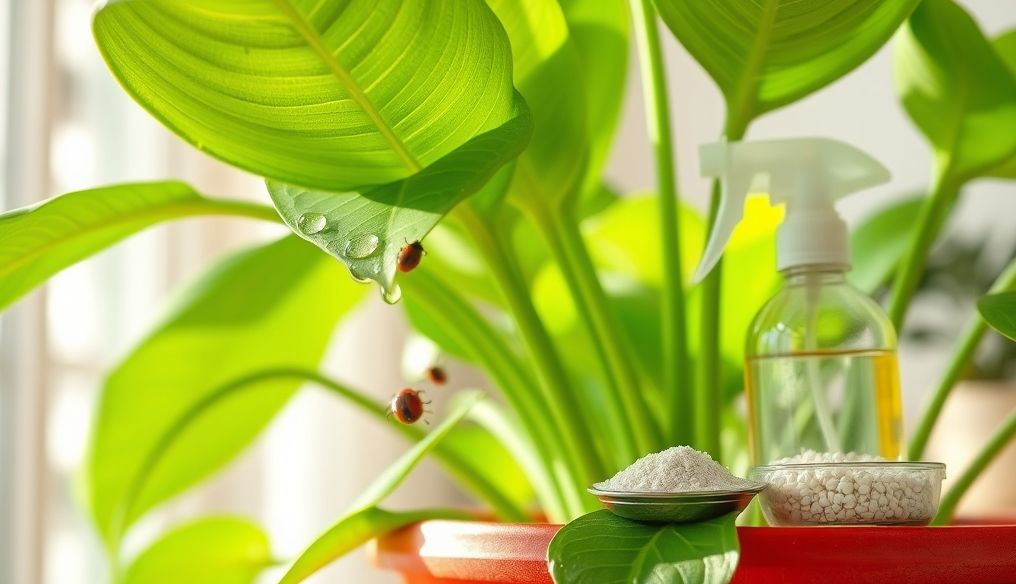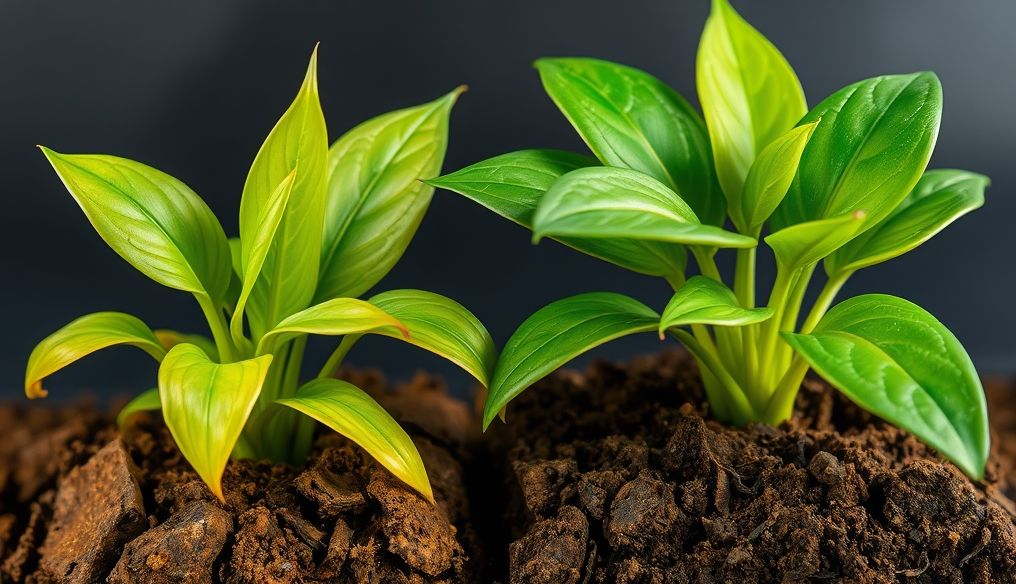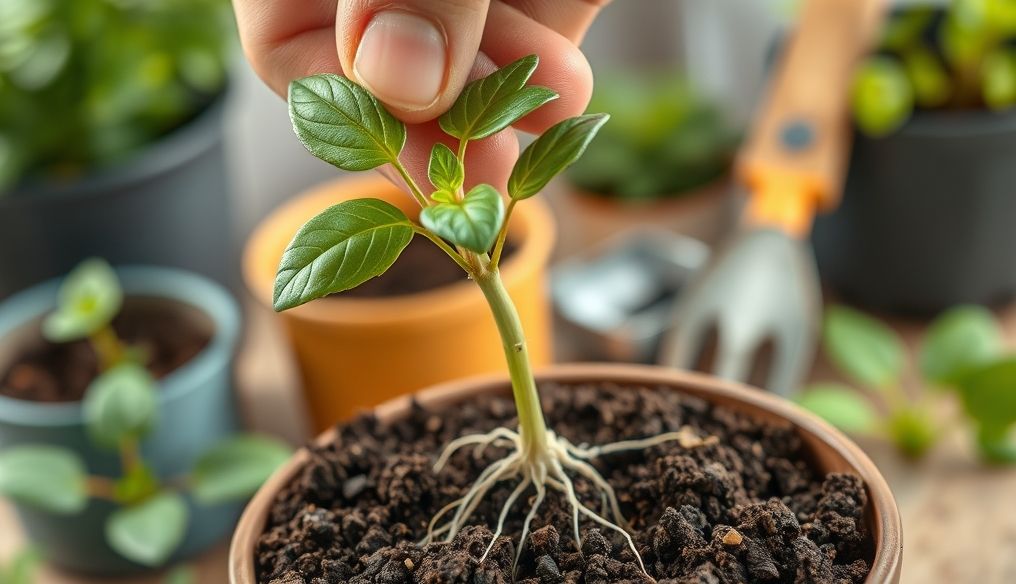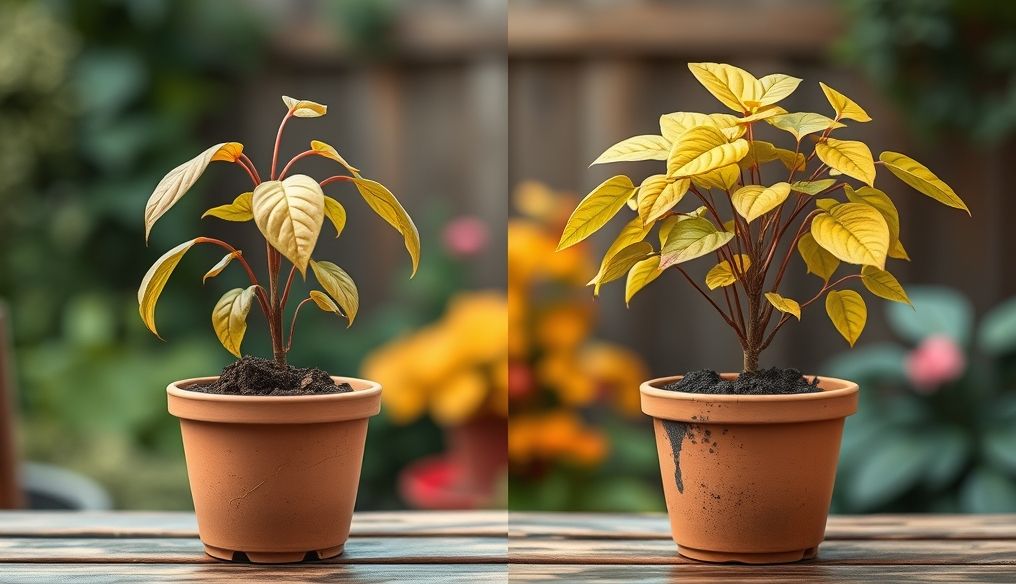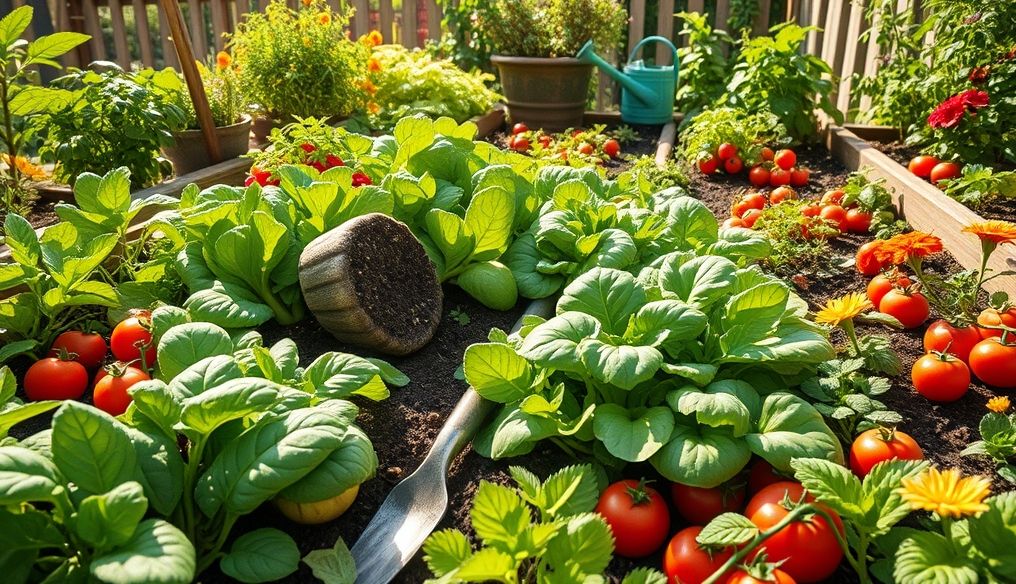Introduction: Protecting Your Plants from Pests Naturally
Pests and insects are among the biggest challenges facing plant lovers, whether in home gardens or vast agricultural areas. Using chemicals can be a quick solution, but it carries risks to the environment and human health. Fortunately, there are many natural and effective methods that can be used to control these pests and keep your plants healthy and strong.
Chapter 1: Understanding Common Plant Pests
Before starting pest control, it is essential to understand the types of pests and how to identify them. Here are some common pests:
- Aphids: Small insects that suck plant sap, leading to leaf deformation and growth arrest.
- Spider Mites: Cause yellow spots on leaves and leave fine webs.
- Mealybugs: White, cottony insects that attach to the plant and suck its sap.
- Whiteflies: Small white insects that fly when the plant is moved.
- Snails and Slugs: Feed on leaves and leave slimy trails.
Chapter 2: Prevention is Better Than Cure: Preventive Strategies to Protect Your Plants
Prevention is the first and most important step in pest control. Here are some preventive strategies:
1. Inspect Plants Regularly
Check your plants regularly for any signs of pests. Detecting the problem early makes treatment easier and more effective.
2. Provide a Healthy Environment for Plants
Make sure your plants get enough light, proper water, and nutrient-rich soil. Healthy plants are more resistant to pests.
3. Use Sterilized Soil
Use sterilized soil when planting new plants to avoid introducing pests to your garden.
4. Remove Fallen and Dead Leaves
Fallen and dead leaves can be a haven for pests. Remove them regularly to keep the plant environment clean.
5. Good Ventilation
Ensure good ventilation around the plants to reduce humidity, which attracts some pests.
Chapter 3: Effective Home Remedies for Pest Control
When pests are detected, you can try some effective home remedies before resorting to biopesticides:
1. Water and Soap Spray
Mix a teaspoon of unscented liquid soap with a liter of water and spray the affected plants. This solution is effective against aphids and spider mites.
2. Neem Oil
Neem oil is a natural insecticide effective against a wide range of pests. Dilute it with water and spray the affected plants.
3. Garlic and Onion
You can make a natural spray from garlic and onion by boiling some garlic cloves and onions in water, then filtering the solution and spraying it on the plants.
4. Diatomaceous Earth
Diatomaceous earth is a natural powder made from the remains of marine algae. Sprinkle it around plants to kill crawling insects like snails and slugs.
Chapter 4: Using Biopesticides: Eco-Friendly Solutions
If home remedies do not work, you can resort to biopesticides, which are natural pesticides derived from living organisms:
1. Bacillus Thuringiensis (Bt)
This bacterium produces toxins that kill insect larvae. Use it to control cabbage worms and other larvae.
2. Horticultural Oil
Horticultural oil is a light mineral oil that kills insects by blocking their respiratory pores. Use it to control aphids, spider mites, and mealybugs.
3. Entomopathogenic Fungi
These fungi attack and kill insects. Use them to control whiteflies and aphids.
Chapter 5: Attracting Beneficial Insects to Your Garden
Beneficial insects are insects that feed on pests, helping to maintain the balance of the ecosystem in your garden. Here are some ways to attract them:
1. Planting Plants That Attract Beneficial Insects
Some plants, such as chrysanthemums, chamomile, and anise, attract beneficial insects like ladybugs and dragonflies.
2. Provide Water
Place a small bowl filled with water in your garden to provide a water source for beneficial insects.
3. Avoid Using Chemical Pesticides
Chemical pesticides kill beneficial insects in addition to pests, which exacerbates the problem in the long run.
Chapter 6: Pest Control in Indoor Plants (Houseplants)
Indoor plants are also susceptible to pests, but controlling them requires some special precautions:
1. Isolate Infested Plants
When pests are detected in an indoor plant, isolate it from other plants to prevent the spread of infection.
2. Clean Leaves Regularly
Wipe the leaves with a damp cloth to remove dust and small pests.
3. Use Water and Soap Spray
You can use water and soap spray to control pests in indoor plants, but be sure to rinse the leaves with clean water after a few hours to prevent soap buildup.
Chapter 7: Common Mistakes in Pest Control and How to Avoid Them
There are some common mistakes people make when controlling pests, which reduces the effectiveness of the treatment. Here are some of these mistakes and how to avoid them:
1. Not Identifying the Pest Correctly
Before starting treatment, make sure you know what type of pest you are dealing with. Different treatments work better on different pests.
2. Using Too Much Pesticide
Overuse of pesticides, even natural ones, can harm plants and the ecosystem.
3. Not Repeating Treatment
Some treatments require repetition at regular intervals to ensure complete eradication of pests.
4. Ignoring Prevention
Focusing only on treatment and ignoring prevention can lead to recurrence of the problem.
Chapter 8: Additional Tips for Maintaining Healthy, Pest-Free Plants
- Use Organic Fertilizers: Organic fertilizers promote plant health and increase resistance to pests.
- Regular Pruning: Prune plants regularly to remove diseased or infested parts.
- Monitor Humidity: Avoid overwatering or leaving the soil too dry.
- Change Soil Regularly: Change the soil in pots regularly to provide the necessary nutrients for the plants.
By following these tips and strategies, you can keep your plants healthy and pest-free in natural and effective ways, contributing to the preservation of the environment and human health.
